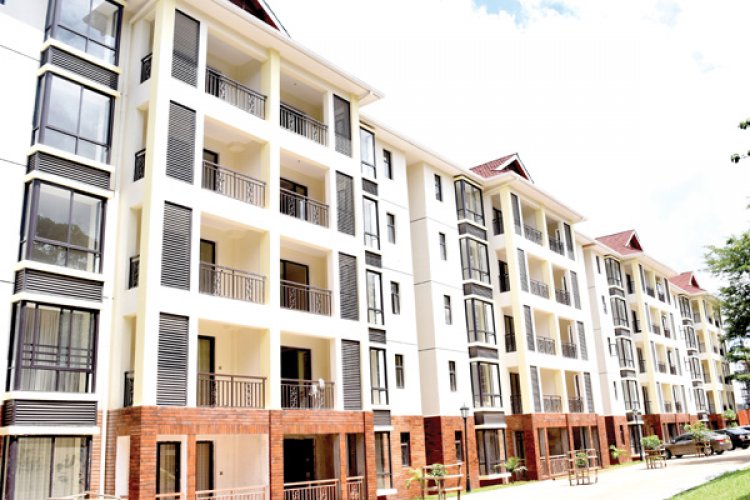Kenya's Drive to Affordable Housing, Innovation Trends and Opportunity
The integration of digital technologies in housing construction holds immense potential for driving efficiency, cost-effectiveness, and sustainability.

In its quest to tackle Kenya's housing crisis head-on, the government has been unwavering in its commitment to providing sustainable solutions for its citizens. Since the inception of the Big Four Agenda, championed by former President Uhuru Muigai Kenyatta, affordable housing has taken center stage. The introduction of the Housing Act in 2018 marked a pivotal moment, signaling the government's determination to address the pressing need for affordable housing.
Fast forward to March 19th of this year, and another significant stride was made as President William Samoei Ruto signed into law the Affordable Housing Levy Act 2024.
In this article, we will explore various innovation trends and opportunities that have the potential to be embraced within the realm of affordable housing:
Green building refers to the use of energy-efficient practices during construction that reduce carbon footprints. From efficient designs to the use of renewable materials and cutting-edge green technologies, the focus is to prioritize energy savings and environmental sustainability. Nairobi Governor Johnson Sakaja, speaking at an event hosted by the Kenya Green Building Society earlier this year, underscored the significance of green construction in meeting Kenya's climate commitments.
2. Climate-Resilient Designs
With climate change affecting us globally, the need for climate-resilient housing is more pressing now than ever. As floods have continued to impact different parts of the country since November 2023, housing designs must be equipped to withstand these challenges. Infrastructure improvements, for example, drainage systems and flood protection barriers, are areas that could use a little innovation.
3. Employment
President William Samoei Ruto has made bold promises to create job opportunities for Kenya's youth through the affordable housing program. The signing of the Housing Act 2024 marked a significant milestone in this endeavor, with Cabinet Secretary for Lands, Alice Wahome, shedding light on the potential for employment generation within the program. According to her, the initiative holds the promise of offering job opportunities to nearly 300,000 young men and women across the country. She highlighted this during the signing of the Housing Act 2024 on March 19, 2024.
With unemployment rates among Kenya's youth remaining a pressing concern, the affordable housing program emerges as a beacon of hope. By not only addressing the housing crisis but also creating avenues for gainful employment.
4. Digital Technologies
This is the right moment, particularly for young innovators, to seize the moment and leverage digital technologies to revolutionize the affordable housing sector. This presents a unique opportunity for the youth to showcase their digital innovations and contribute to the development of affordable housing solutions across the country.
The integration of digital technologies in housing construction holds immense potential for driving efficiency, cost-effectiveness, and sustainability. From advanced building information modeling (BIM) software to virtual reality (VR) simulations, there are a lot of digital tools that can streamline the design, construction, and management of affordable housing in Kenya.
As Kenya sets out on its path toward providing affordable housing for all, it's essential not to overlook the transformative potential of digital innovation, employment opportunities, green building practices, and other avenues that can reshape our future. By embracing these opportunities, we can pave the way for the realization of affordable housing and create a sustainable and prosperous future for generations to come.
If you have a real estate press release or any other information that you would like featured on the African Real Estate Blog Post, do reach out to us via email at [email protected]

 Ann Mwangi
Ann Mwangi 































